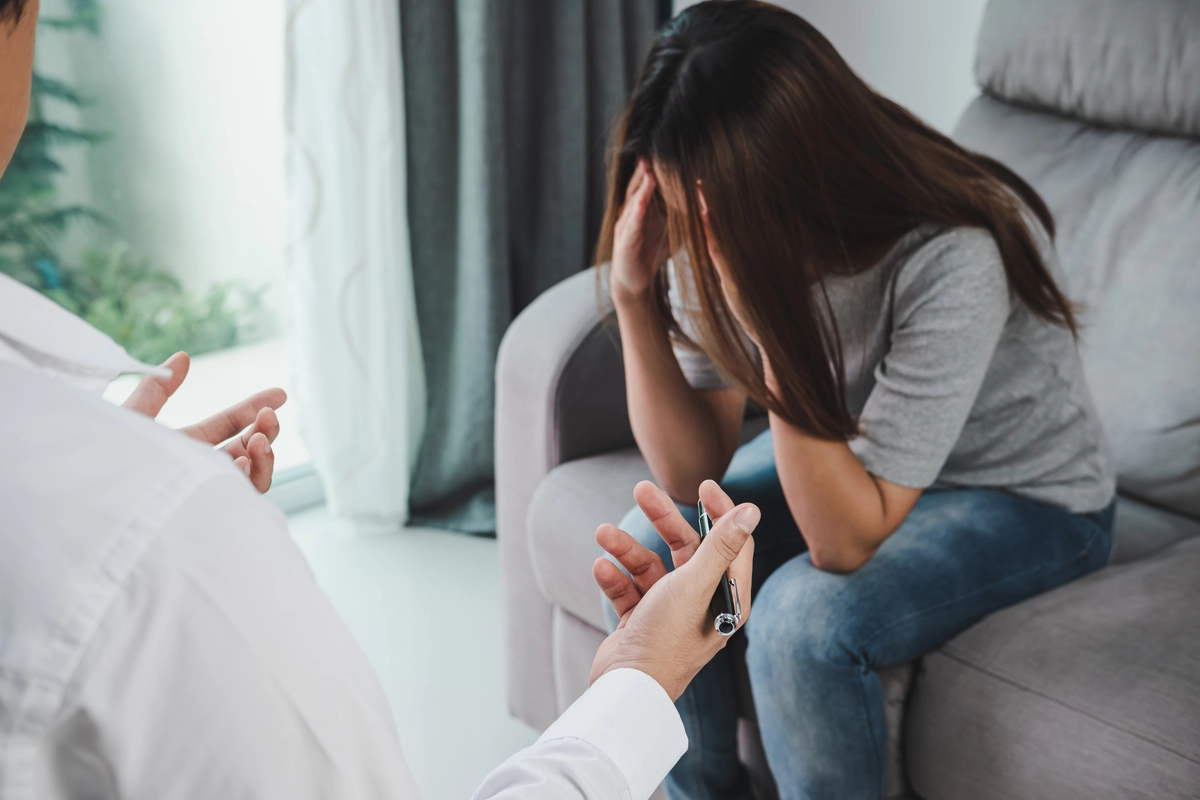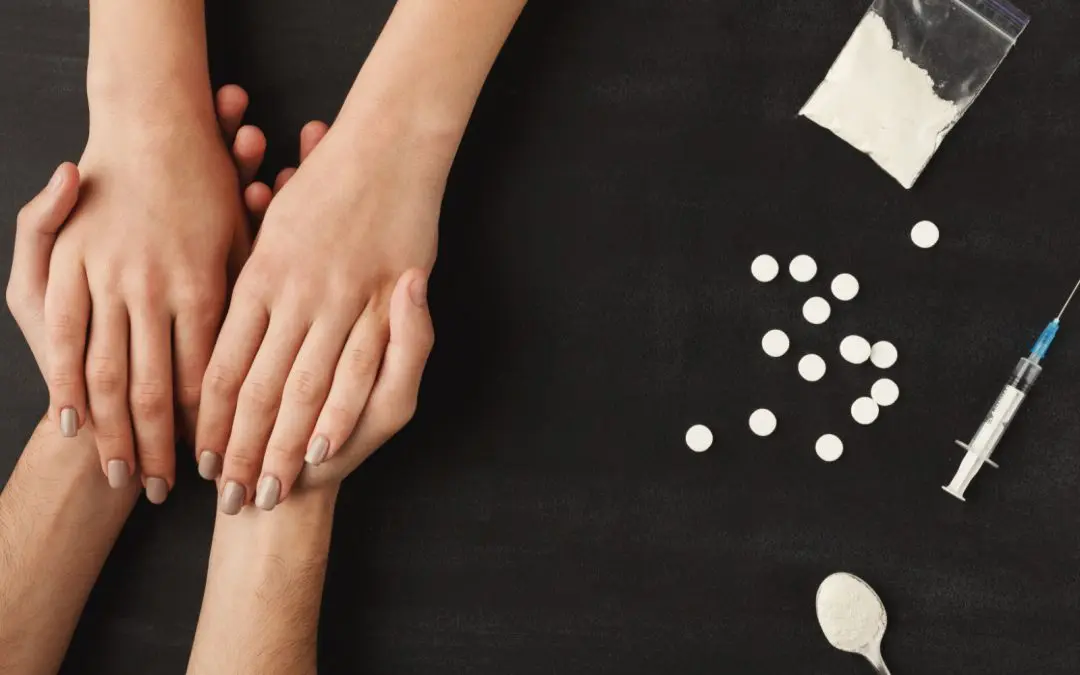24/7 Helpline:
(866) 899-221924/7 Helpline:
(866) 899-2219
Learn more about OCD Treatment centers in Peru
OCD Treatment in Other Cities

Other Insurance Options

EmblemHealth

Sliding scale payment assistance

Access to Recovery (ATR) Voucher

BHS | Behavioral Health Systems

MHNNet Behavioral Health

Multiplan

State Farm

MVP Healthcare

Covered California

Meritain

Humana

Cigna

Evernorth

Premera

Magellan Health

UMR

Group Health Incorporated

Self-pay options

Optima

Optum

Four County Counseling Center
Four County Counseling Center, in Peru, Indiana, is an outpatient mental and behavioral health care ...

VA Northern Indiana Health Care System – Peru Community Based Outpatient Clinic
Peru Community Based OutPatient Clinic is a clinic located in Peru, IN. Peru Community Based OutPati...












